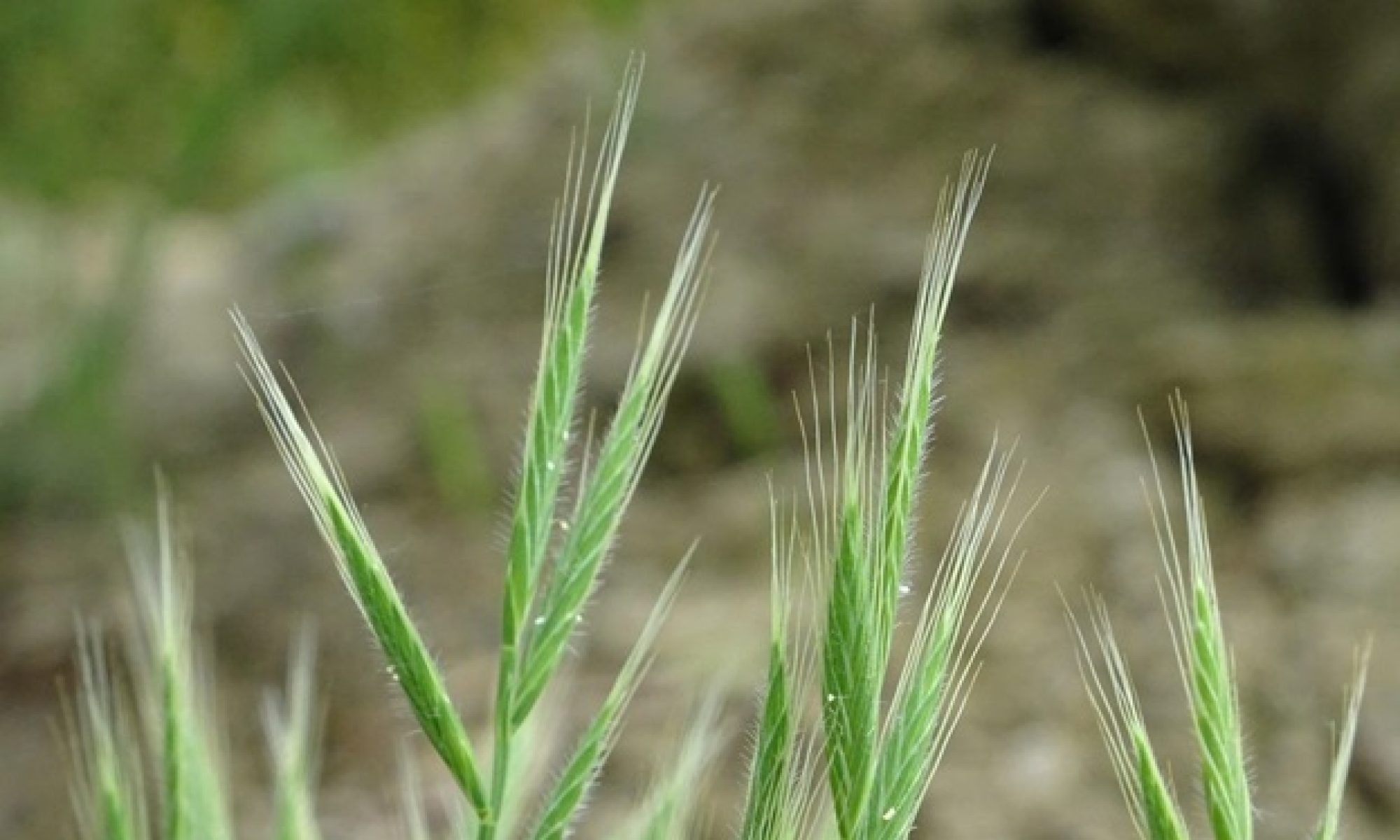University of Haifa
Evolution Canyon: sympatric speciation through niche adaptation across the tree of life
Co-authors: Eviatar Nevo and Kexin Li
“Evolution Canyons” display sharp divergences in microsites (free breeding populations living in contrasting microclimates or edaphic ecologies), and in adaptive evolution and sympatric speciation across the tree of life. Evolution Canyon I (ECI), in Mount Carmel, explored since 1990, consists of two abutting and microclimatically contrasting slopes. Dry-hot tropical savannoid African slope (AS) is at 250 meters distance from the humid-cool temperate forested European slope (ES). In an area of ~7000 m2, representing a transect of increasing aridity from ES to AS, we identified 2500 species from bacteria to mammals. Adaptive evolution was detected in 16 model organisms growing in tropical AS and temperate ES, using allozymes and DNA markers. Among the species that incipiently speciated ecologically and sympatrically are soil bacteria (Bacillus simplex), wild barley (Hordeum spontaneum), wild emmer wheat (Triticum dicoccoides), fruit fly (Drosophila melanogaster), grain beetle (Oryzaephilus surinamensis) and spiny mouse (Acomys cahirinus). At ECI only Brachypodium stacei grows on temperate ES. By contrast, 62 B.hybridum and only 8 B. stacei individuals were recorded on tropical AS. We have sequenced the genomes of two B. stacei ecotypes, one from each slope, and the transcriptomes (from third generation inbred lines) of 6 B. stacei ecotypes from AS and 11 B. stacei ecotypes from ES to explore if this taxon also speciates sympatrically in ECI.

